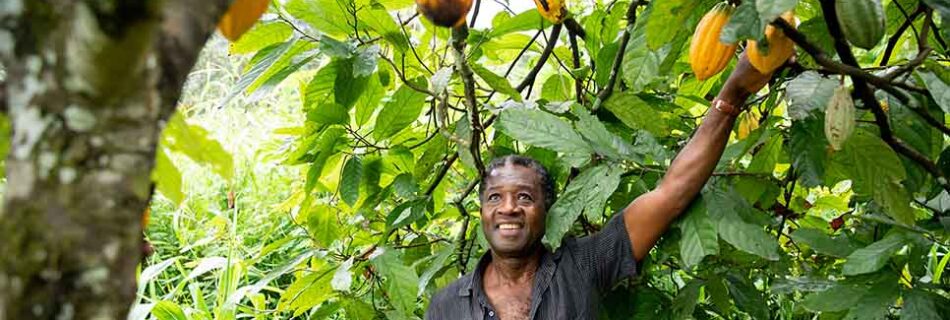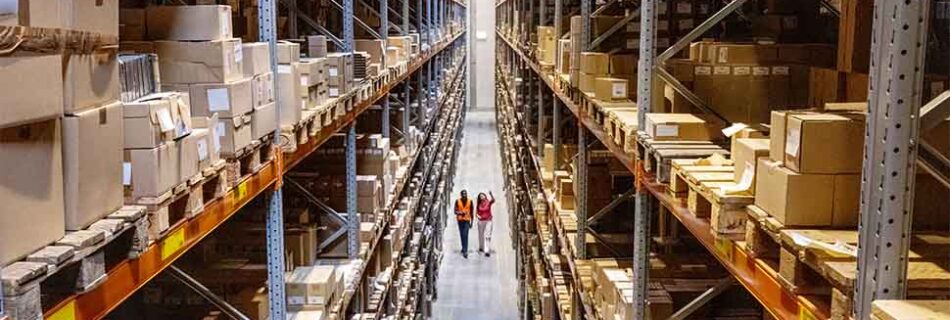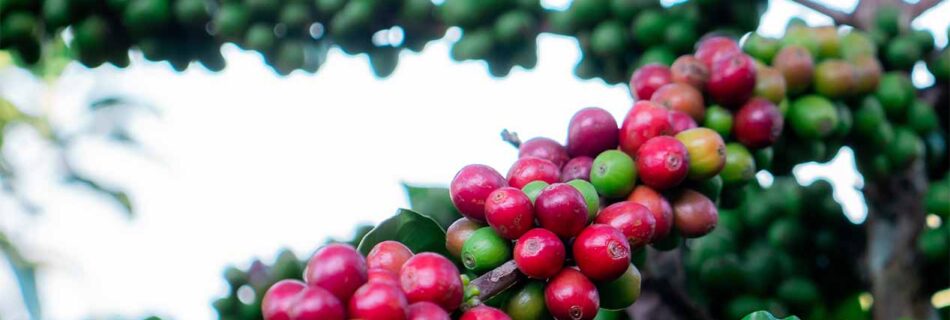The EUDR and TRST01Chain exemplify the synergy between regulation, technology, and adoption in advancing sustainability. The EUDR aims to combat deforestation, while TRST01Chain offers cutting-edge traceability solutions. Together, they foster global collaboration, enhance transparency, and drive impactful actions towards achieving net-zero goals and sustainable agricultural practices.
Read MorePost Tagged with: "EUDR"
Blockchain Revolutionising Provenance Global Supply Chains
Blockchain technology revolutionizes agricultural and mineral supply chains by enhancing transparency, ensuring safety, combating corruption, and promoting sustainability. Real-world examples like TRST01Chain, IBM Food Trust, and Everledger demonstrate its impact. By improving regulatory compliance, reducing costs, and supporting ethical practices, blockchain fosters responsible, efficient, and resilient supply chains, benefiting shareholders, communities, and the planet.
Read MoreSupply Chain Innovation TRST01Chain
TRST01Chain revolutionizes rubber and coffee supply chains by enhancing sustainability and ensuring EUDR compliance, providing transparency, traceability, and efficiency while promoting ethical practices and environmental responsibility.
Read MoreEUDR Coffee : Between the Cup and the Lip
The EU Deforestation Regulation (EUDR) presents significant challenges for coffee-producing countries. Compliance with EUDR requirements, such as farm mapping and paperwork, may increase costs and impact smallholder growers. However, leveraging advanced technology like TRST01Chain can streamline compliance, ensuring market access and maintaining sustainable coffee production for the European market.
Read MoreEUDR and India Rubber Export
The Indian rubber industry, pivotal in tyre and non-tyre sectors, navigates economic challenges and stringent EU regulations. With $3.9 billion in exports, compliance with the EUDR is crucial. Innovations like TRST01Chain ensure traceability and sustainability, positioning India as a leader in global rubber production and environmental compliance
Read MoreEUDR Compliance in Indian Trade
TRST01Chain is instrumental for Indian industries, particularly coffee, rubber, and leather, in adapting to the EU’s Deforestation Regulation. With India exporting 57% of its coffee, comprising 70% robusta and 30% arabica beans, worth over $600 million annually, and being the fifth-largest natural rubber producer, sending 25% of its exports ($800 million) to the EU, compliance is crucial. The EU also accounts for 30-40% of India’s leather exports, valued at $1.5 billion. TRST01Chain aids these industries in tracing deforestation-free sources within their complex supply chains.
Read MoreThe Rubber Story : Between Growth and Sustainability
Rubber Story explores the journey towards sustainable rubber production, with a focus on natural and synthetic rubber. Market segmentation includes automotive, tires, medical, industrial, consumer goods, and more. Currently, the automotive sector dominates rubber consumption, followed by tires. The Natural Rubber Market is projected to increase from USD 17.33 billion in 2023 to USD 21.80 billion by 2028, growing at a CAGR of 4.70% during the 2023-2028 forecast period
Read More





